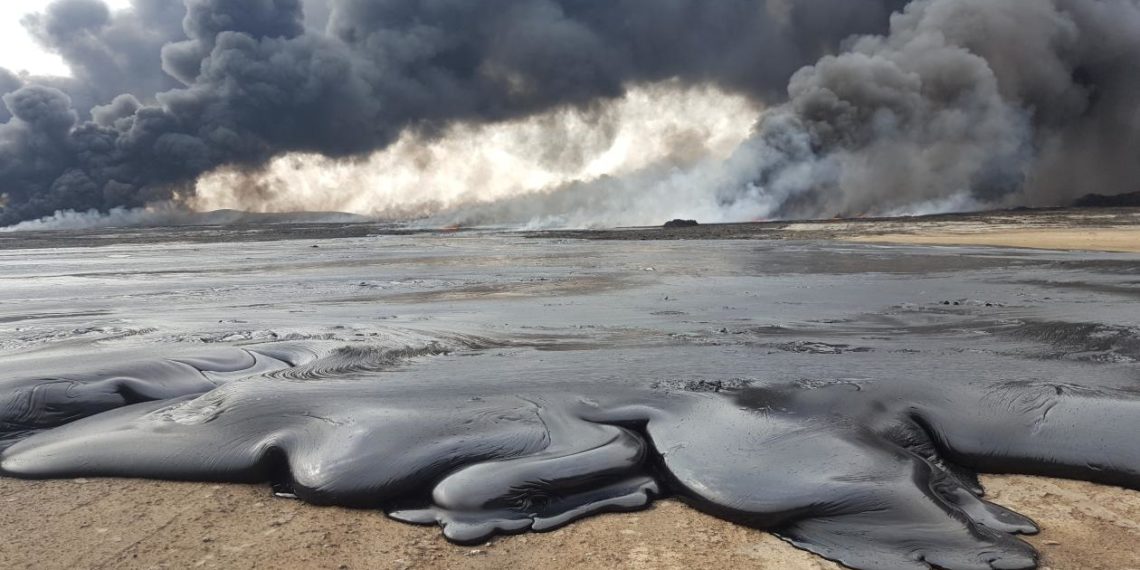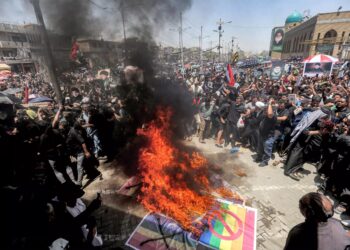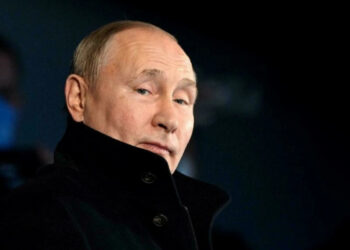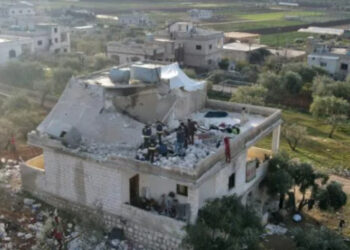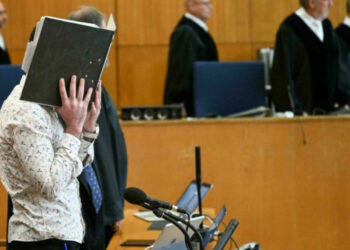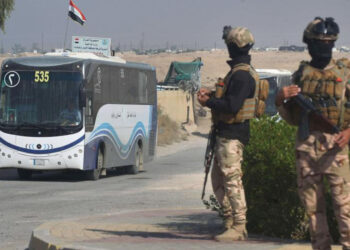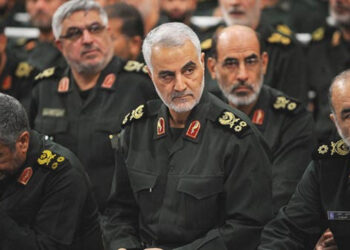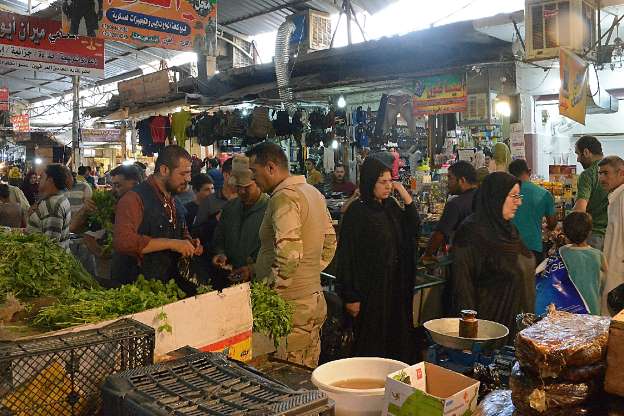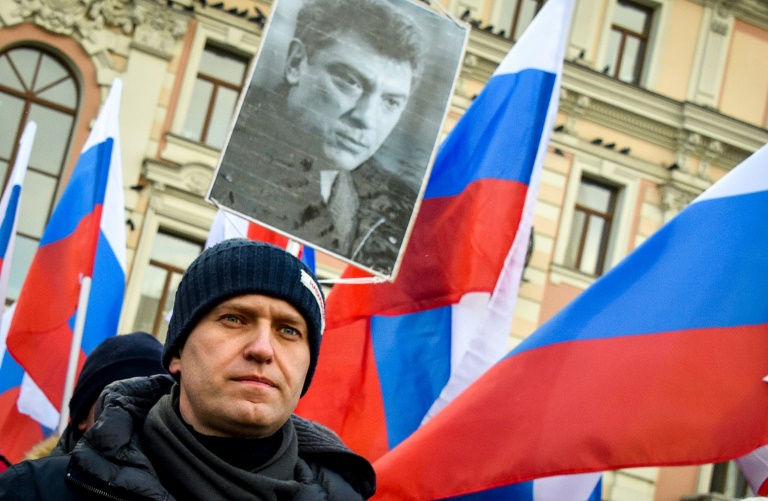In the summer of 2016, as the so-called Islamic State was in retreat across northern Iraq, the sky around the small city of Qayyarah began to fill with black clouds.
The residents of the area – as well as the internally displaced people living in a nearby camp set up by the United Nations – would not see the sun again for eight months.
As ISIS retreated, they set fire to the region’s oil wells and booby-trapped the surrounding area with explosives, making it difficult for the advancing government forces to put out the blazes.
Day after day, soot steadily fell from the sky, blanketing everything for miles with potentially toxic ash. White sheep turned black, as did the once-beige landscape, which remains engulfed in solidified crude oil.
“It felt very apocalyptic,” Wim Zwijnenburg, a researcher at the non-governmental organization PAX who witnessed the fallout while the fires still burned, told The Globe Post.
About 35 miles to the north, at around the same time, the bloody battle for Mosul was beginning to intensify. By the time it was liberated in July of 2017, most of the city had been reduced to ruins.
Over 90 percent of Mosul’s western district was destroyed during fighting, and some 11 million tons of rubble littered the city.
The remnants of people’s homes – pulverized into dust – are blown into the air on windy days, threatening the respiratory health of the city’s returning inhabitants.
As Iraq continues to rebuild after the war with ISIS, environmental pollution, an often overlooked consequence of conflict, threatens the public health and future security of the country.
“How important healthy air, clean water and fruitful land are to people, that’s something we tend to forget … But for local people, that determines their future,” Zwijnenburg, who was the lead author of a major report on Iraq’s conflict-related pollution, said.

Gaging the Damage
The full extent of environmental damage and public health threats resulting from the conflict are not yet known, as the United Nations Environment Program has only recently begun collecting data and making assessments.
But Hassan Partow, a program manager at UNEP’s Post-Conflict and Disaster Management Branch, told The Globe Post that conflict-related pollution across Iraq is “quite substantial.”
The worst affected area is Mosul – Iraq’s second largest city – because of the sheer scale of destruction there, Partow said.
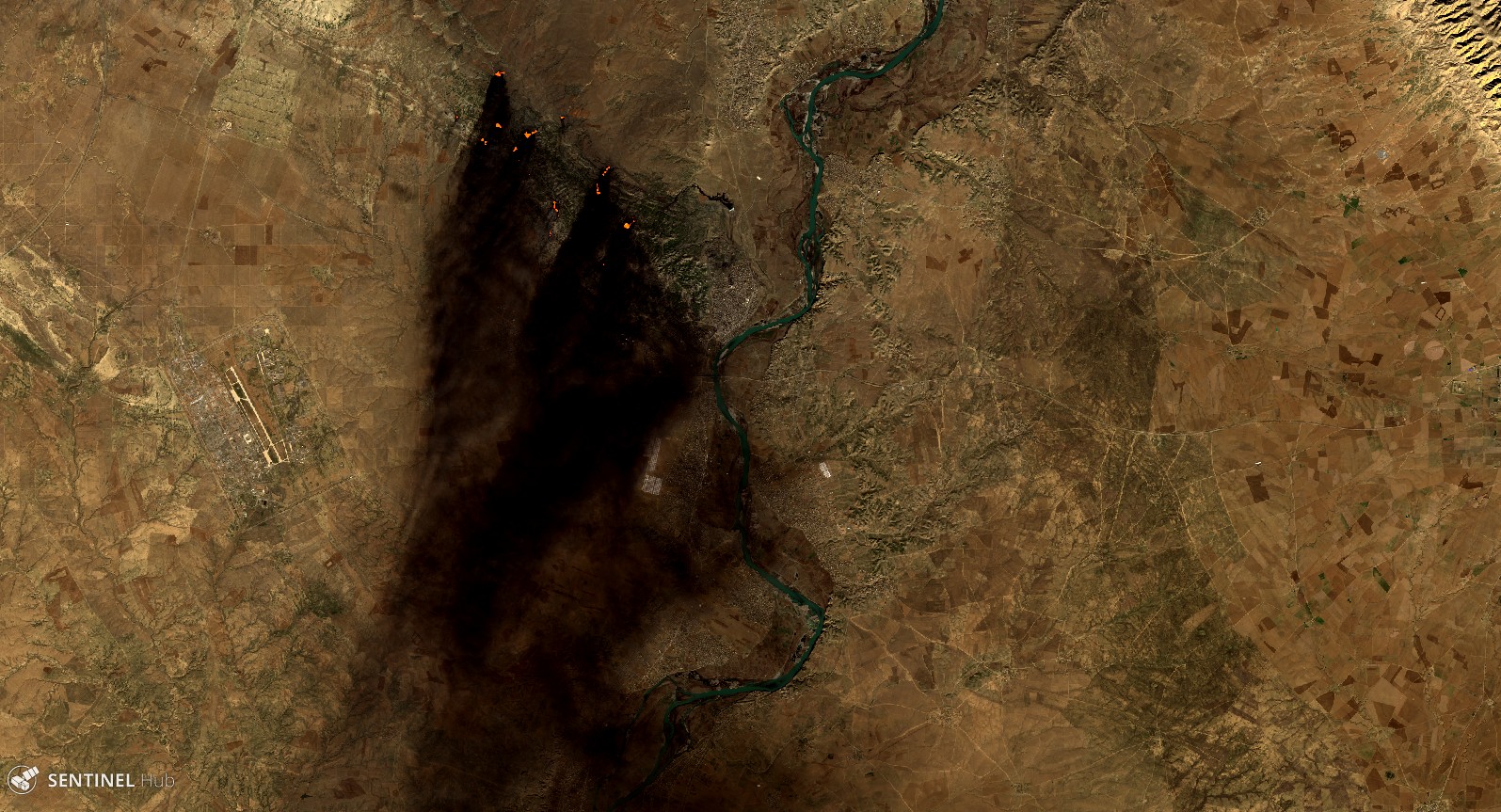
While the majority of rubble is not toxic in itself, it’s mixed with various kinds of waste, potentially including chemicals, heavy metals, and asbestos, which could make inhaling particles of it hazardous.
In Mosul and other cities, clean up and rebuilding efforts are underway and the risk is greatest for those working directly with the rubble. While international organizations such as UNEP are overseeing these efforts, the work itself is being done almost exclusively by Iraqis and offers a valuable employment opportunity for those who lost their livelihoods during the war.
After the 9/11 attacks in New York, many first responders who worked to clear the rubble later developed serious respiratory ailments that were linked to toxic particles in the air around the ground zero.
In an effort to prevent something similar from happening in Iraq, workers dampen the rubble with water and are given respirators and masks.
“Of course, when it’s 50 degrees [Celsius] like it is in the Iraqi summer, getting people to put on respirators and wear masks is not easy though,” Bartow said.
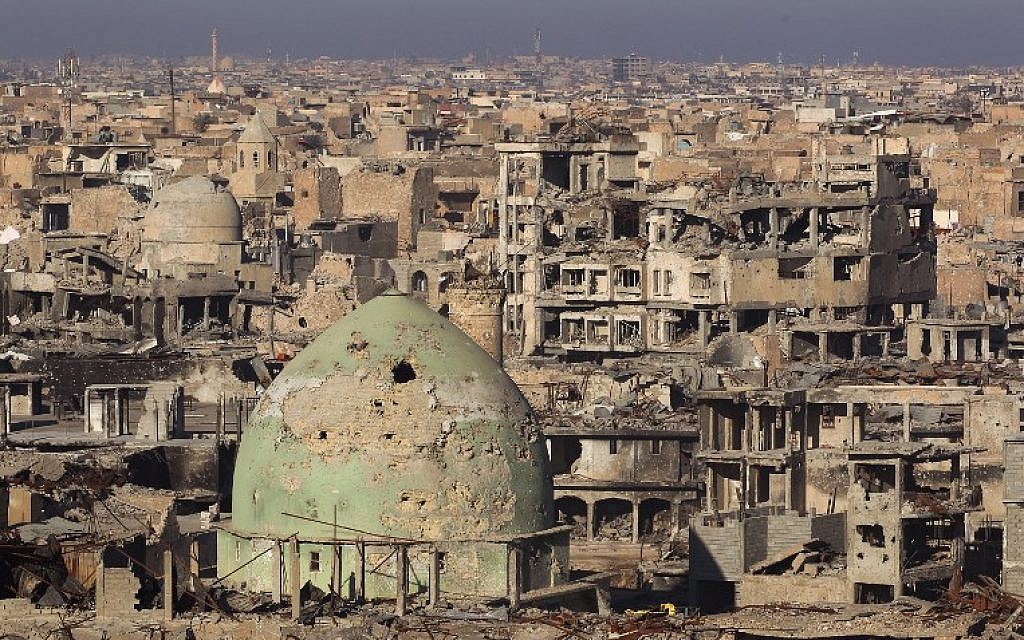
Officials are attempting to recycle as much of the rubble as possible in order to minimize the need for sand and gravel quarrying, a practice that’s been shown to have “very destructive” ecological consequences for rivers, Bartow said.
Consequences Overlooked
UNEP is also in the process of sampling and collecting data in areas like Qayyarah that were affected by oil contamination.
A survey conducted by PAX in Qayyarah showed that about 1,000 people living in the area have been treated for respiratory problems, and officials are working to determine the long term public health impacts associated with air and water pollution.
Collecting data in the area can be difficult because there are still some security concerns, Bartow said, but an extensive UNEP report on oil contamination is expected later this year.
Even still, determining public health impacts can be difficult because researchers need to demonstrate epidemiological links between exposure and health problems, which can take years and requires quality data and adequate resources.
“We don’t know what the impact has been on people living under the black sky,” Zwijnenburg said. “It’s hard to quantify.”
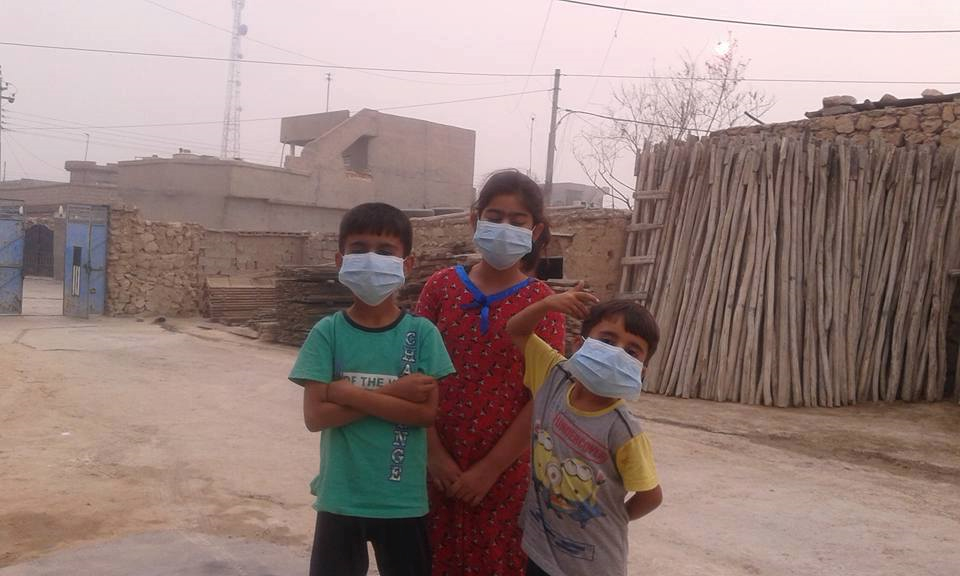
The long term nature of the work can make it difficult for officials to garner media attention and funding for conflict pollution work.
“It’s less visual than a blown off leg … Traditionally, people associate the environment with being a low priority,” Zwijnenburg said.
“There are more urgent needs in conflict … But now, it’s becoming more obvious that, especially with heavy fighting in urban areas, impacts on the environment directly harm national security and the well being of people.”
Research from environmental journalist and consultant Peter Schwartzstein showed that environmental issues significantly contributed to the rise of ISIS in the first place.
Poor water infrastructure and droughts related to climate change lead to mass unemployment and desperation among farmers in northern Iraq in 2014, leading some of them to become prime targets for ISIS recruitment.
While many other factors contribute to conflict, Zwijnenburg said he hopes people understand that there is a connection between a stable environment and national security.
“Environmental grievances can breed resentment and be exploited by local groups,” he said. “So I think it’s critical to think about environmental security and protection of civilians as being interlinked.”


